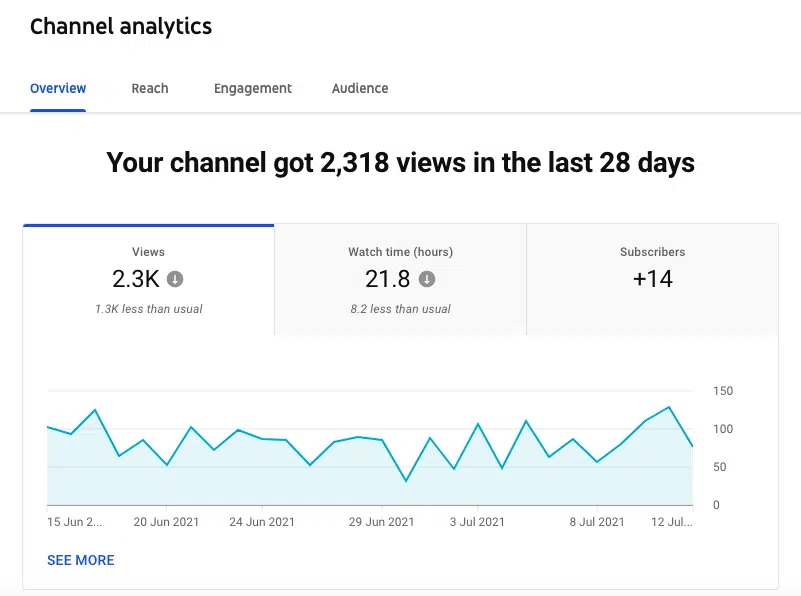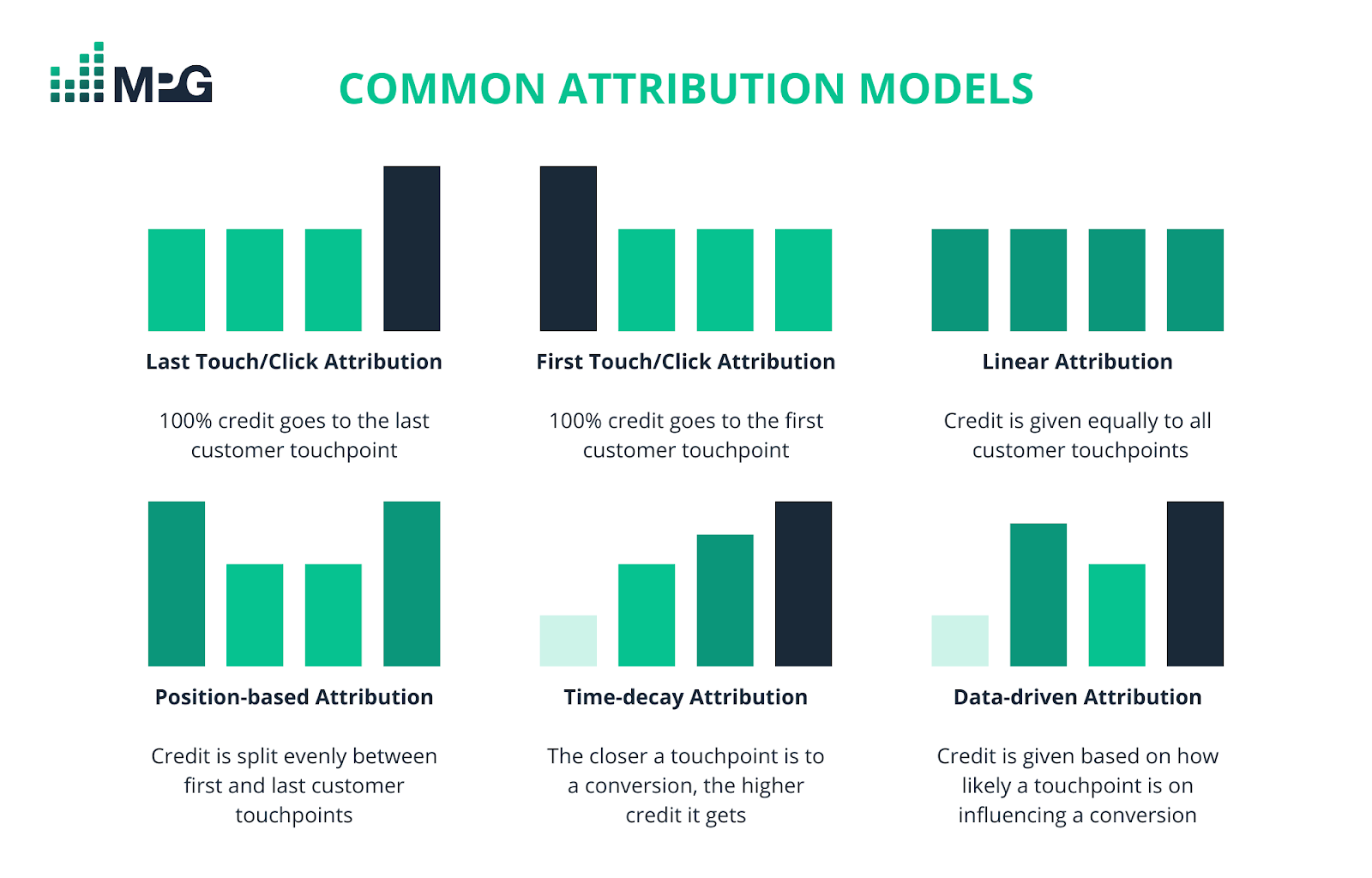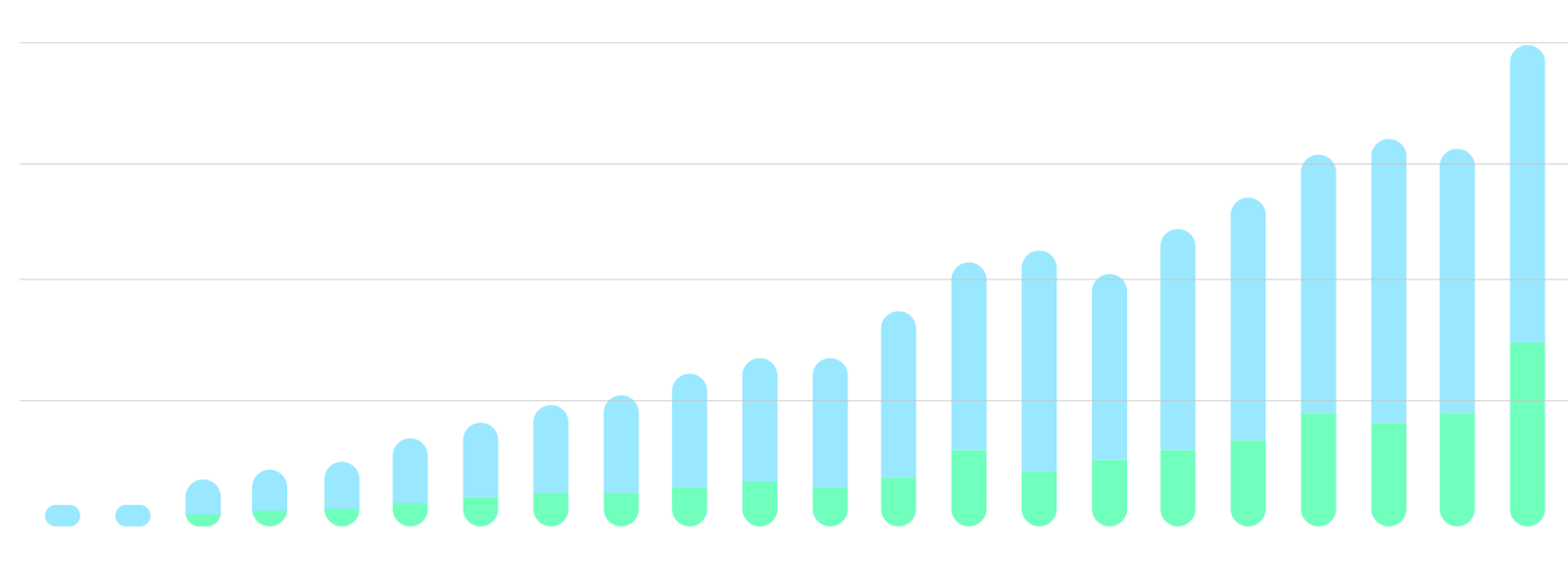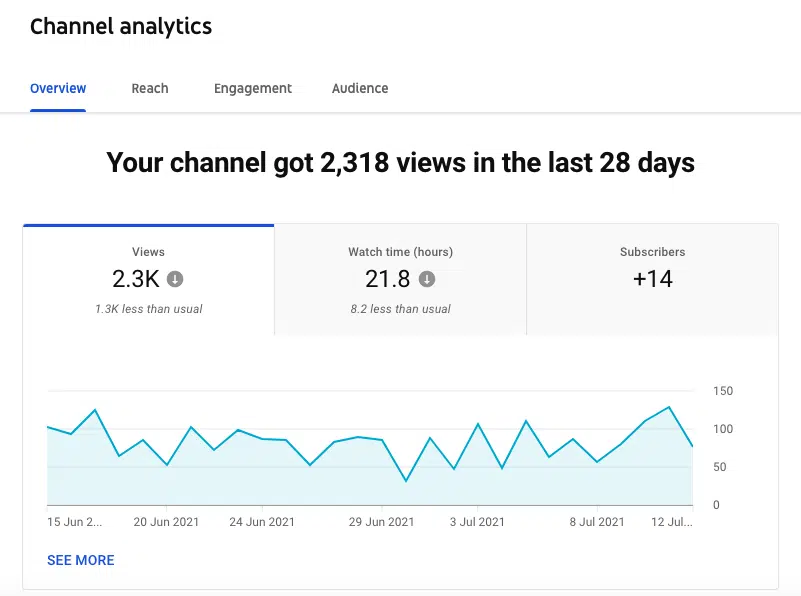Search engines, paid ads, social media, and email. Each is an example of different marketing channels that contribute to generating leads and overall business performance.
Knowing the results you’re getting from each channel and how each stacks up against the others is a vital step in creating a well-rounded, winning marketing campaign.
Understanding Channel Analytics and Its Importance
Don’t put all your eggs in one basket.
This is 101 advice that applies to countless areas of life, and marketing is certainly no exception.
Reaching your target audience usually requires you to use at least a handful of different channels. In fact, “51% of companies today use at least eight channels to interact with customers.”
If you’re curious about what’s most popular, here’s a ranking of the top digital marketing channels by spend in 2024.
 Source: WebFX
Source: WebFX
But how do you know which channels are working and which aren’t carrying their weight?
Channel data analysis, which involves measuring and analyzing marketing channel performance, is designed to show you a percentage breakdown of exactly what you’re getting from your marketing channels.
That way, you can gain an objective perspective of critical KPIs such as:
- Traffic volume
- Reach
- Conversion rate
- Cost per acquisition
- ROI
Channel analysis is important because it’s no longer a guessing game as to how big of an impact each channel is having. Armed with key data, you know for a fact which channels are the top performers without having to be a professional data analyst.
Why Analyzing Your Channels Can Improve Performance
Once you know which channels perform the best and which don’t, you can use this information to improve collective performance.
Say, for example, you currently focus on the following channels with your marketing campaign:
- Organic search
- Paid search
- Social media platforms
- YouTube video marketing
- Content marketing
- Email marketing
With marketing channel analysis, you could objectively rank each one of these channels based on the KPIs we mentioned earlier, such as traffic volume, reach, conversion rate, and so on.
In turn, you can make smarter decisions built around concrete data where you can identify any weak links that you can either A) work on optimizing or B) scrap altogether.
And for high-performance channels, you can double down on these to optimize them further for even better results. This means resources are more effectively allocated and your marketing team can make better use of its time for increased ROI.
Not to mention, you can expect a significantly better customer experience.
As your volume of data grows, your campaign should become more and more refined until it’s firing on all cylinders and you have an in-depth understanding of customer behavior and be able to deliver optimal customer service.
First Step in Channel Analytics: Setting Clear Goals
Whether it’s traditional data analytics, customer journey analytics, YouTube analytics, or any other form, having success requires careful planning and clear direction on what you’re trying to achieve.
A precursor to measuring or analyzing anything is to first define your goals so you know what you’re moving toward.
 Source: SocialPilot
Source: SocialPilot
That way, you’ll have a blueprint to guide your efforts every step of the way.
Defining Your Channel Performance Metrics
To fully reap the rewards of omnichannel analytics it’s essential that you measure the right things.
By this, we mean the metrics that contribute most heavily to building a successful marketing campaign, consistently generating quality leads, and converting the maximum percentage of those leads into customers.
A little later in this post, we’ll dive into the specifics of metrics to track for individual channels. But some of the most common metrics used across the board include:
- Impressions
- Traffic volume
- Reach
- Engagement
- Click-through rate
- Conversion rate
- Cost per acquisition
- ROI
At this stage of channel analysis, take some time to figure out which metrics are most instrumental to the success of your campaign and write them down so you’ll know what to measure.
Also, build an attribution model so you know how to assign credit to different channels.
Optimize for Conversion & ROAS Now! Explore Woopra in a demo and enjoy a 2-week free trial: https://www.woopra.com/demo
 Source: MPG
Source: MPG
Establishing Benchmarks for Channel Effectiveness
In addition to clearly defining channel metrics, it’s important to use benchmarks to provide context and better understand the overall trajectory.
A good starting point is to examine the past performance of product analytics so you know where you’re coming from. This will come in handy as you generate ongoing data with channel analysis.
Also, review your marketing campaign analytics to see how it compares to major industry competitors. This should provide perspective on how your campaign stacks up and what you can realistically hope to achieve.
And as your campaign evolves over time, be sure to continually track channel growth to see the direction each channel is taking individually and as a whole.
 Source: Ironpaper
Source: Ironpaper
Identifying Key Channel Metrics to Track
Each campaign will be unique and concentrate on different metrics. That said, here’s an overview of some of the most critical metrics to track for commonly used channels.
Organic Search
- Traffic volume
- Time spent on site
- Pages per session
- Bounce rate
- Keyword rankings
Paid Search
- Impressions
- Clicks
- Cost per click
- Conversions
Social Media
- Total number of followers
- Follower growth
- Likes, shares, comments
- Click-through rate
- Conversions
YouTube Video Marketing
- Number of YouTube channel subscribers
- Number of subscribers that turn on notifications
- Subscriber growth
- Video content views
- YouTube Shorts views
- Viewer watch time
- Likes, shares, comments
- Growth in channel partners
- Audience retention
Content Marketing
- Traffic volume
- Traffic sources
- Click-through rate
- Content shares
- Backlinks
- Number of times readers check out related content
Email Marketing
- Number of subscribers
- Open rate
- Click-through rate
- Conversion rate
- Unsubscribe rate
Channel Data Analysis Techniques for Advanced Insights
The last piece of the puzzle is using the right tools and techniques to gain the valuable insights you need with no wasted motion.
A critical part of putting your data to use is implementing a user-friendly customer journey data platform that allows you to visualize all aspects of each channel and measure KPIs while handling complexities like signal processing and preventing data security threats like a side channel attack.
Woopra, for example, allows you to visualize the holistic customer journey end to end so you can measure things like which advertising channels are driving the most signups…

…and how many users you converted from Google Adwords.

You can also go granular with Woopra where you zero in on a certain demographic like users strictly located in Asia Pacific.
And the YouTube analytics tool can break down critical YouTube metrics like views, watch time, subscriber growth, and much more in a way that’s extremely easy to digest.
Because YouTube channel analytics is built directly into YouTube Studio, all of the data you generate from YouTube video analytics is straight from the horse’s mouth.
 Source: Wyzowl
Source: Wyzowl
By creating custom reports like these, you can track channel performance from all angles to see the big picture and get the absolute most out of each channel and your campaign as a whole.


